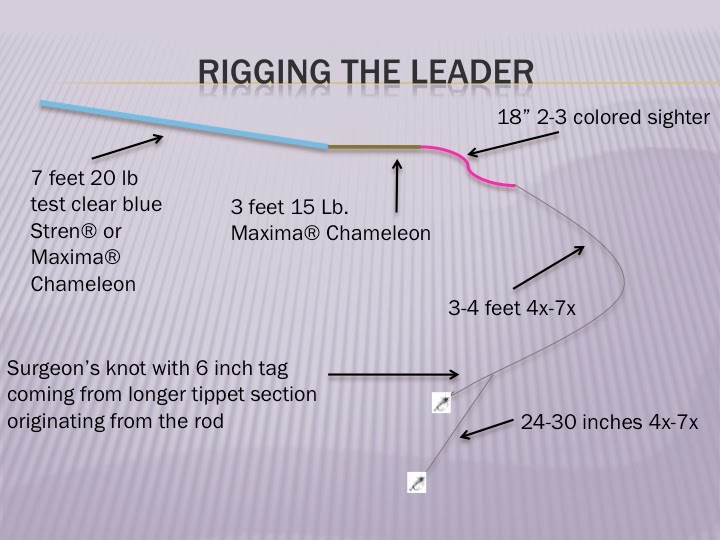Allow me to reply. I totally agree with some of your comments but not all.
Mending is the first skill one should learn after casting. I agree that some in-the-air mend are advanced but most common mends are very basic. The basic reach mend for example requires no sophisticated line manipulation and it is the first mend an angler should learn.
Secondly, when I do an immediate on-the-water mend, it does not require looking at the fly line. I know exactly where the fly line going to land on a reach mend. It must land on a line between my rod tip and the leader. If you do a reach mend and then need to look at the line position before mending, it is not an immediate on-the-water mend. It is a delayed on-the-water mend which is almost always less effective than an immediate mend.
Thirdly, an angler should study the water and know what mends are needed BEFORE they cast. So the mends are actually preplanned. From a reach mend the angler knows exactly where the line will land and the mend follows immediately.
As I said before, I am watching the fly and not where to mend when I do automatic mends.
Here I disagree a bit since one does not require a bright fly line for straight line nymphing. In fact, a bright fly line with a standard mono leader it is NOT the best alternative for non indicator nymphing.
The closer the bright section is to where the leader enters the water, the sooner the angler can detect the strike when straight line nymphing. That is why euro-nymphers put high-viz sighters IN the leader and NOT on the fly line. Anglers have been using red Amnesia monofilament as the butt section for nymphing leaders since the 1970s. If you want to nymph with a regular leader, it is far better to nail knot a foot of red Amnesia to the end of a fly line and then loop to loop connect your leader to the Amnesia, or buy a red "HOT-BUTT" nymphing leader.


Web Store - Christopher Fave Fly Fishing
Hand Tied Hot Butt Leaders Designed by George Anderson - Hand Tied Trout Leaders - Leaders - Yellowstone Angler
Here I agree completely. Whether bright lines make a difference does depend on where you fish.
However, Gary Borger always tells me to fish as if every situation has spooky fish. This is how you practice and learn. The way anglers get schooled by these spooky fish in thin clear water is that they are unprepared because this is a totally new situation for them. Their equipment including bright fly line are wrong for these situations, as you agree above. And their skills are lacking. It is not that they have less total fishing experience, it is that they have not fished as if a higher level of skill is required and so these skills never develop.
I think that if an angler fishes all the time as if stealth and low viz fly lines are required, the angler will be better prepared even on their first attempt at spooky trout. So why not start right now?
What one needs to realize that even the chatter is true, what is the overall "cost"/"benefit" ratio? I believe the advantage of clear lines in the water, is of more "benefit" than the "cost" of an occasionally spooked fish.
This is actually the same analysis one should do with high-viz fly lines. Is the "cost" of spooked fish which you may not even realize are spooked, worth what you get out of high-viz fly lines?
I don't know how to separate quoted paragraphs like you did so I'll just reply in bulk!
I agree with EVERYTHING you have said in both posts
Now, I grew up fishing large western rivers, where straight line nymphing is rare. As you work your presentation further and further out to cover water, you will often find yourself with 60-80' of line out. At this distance, mending isn't exactly a subtle action. And having a bright line (or as you suggested, a bright tip) is EXTREMELY important in detecting a take.
Our disagreements are situational and both extremely applicable

